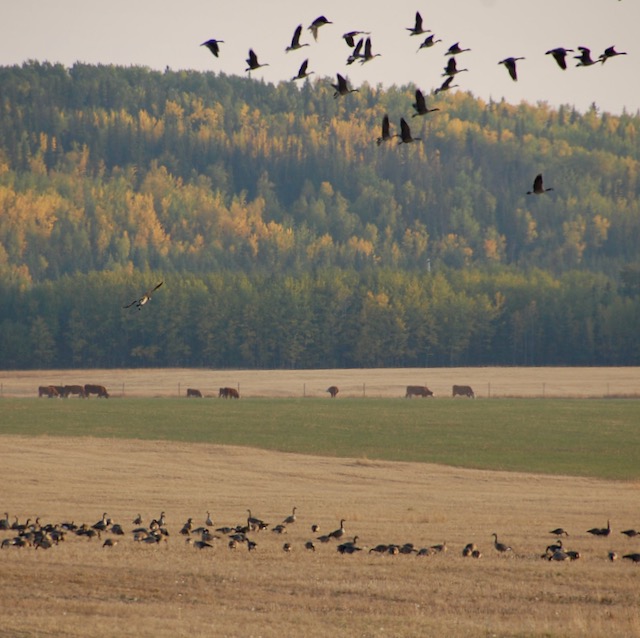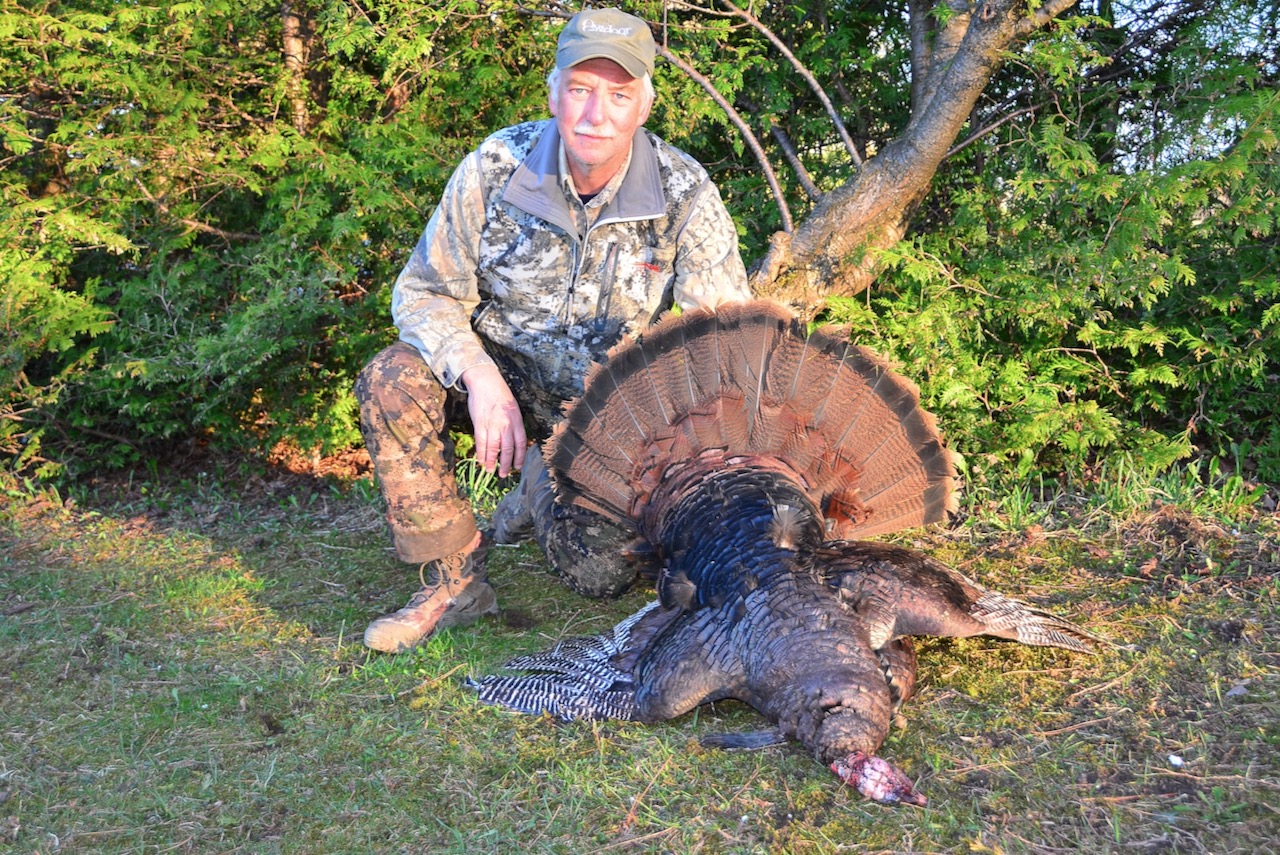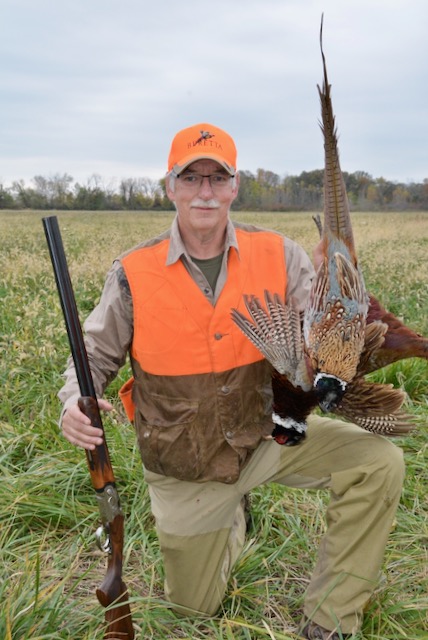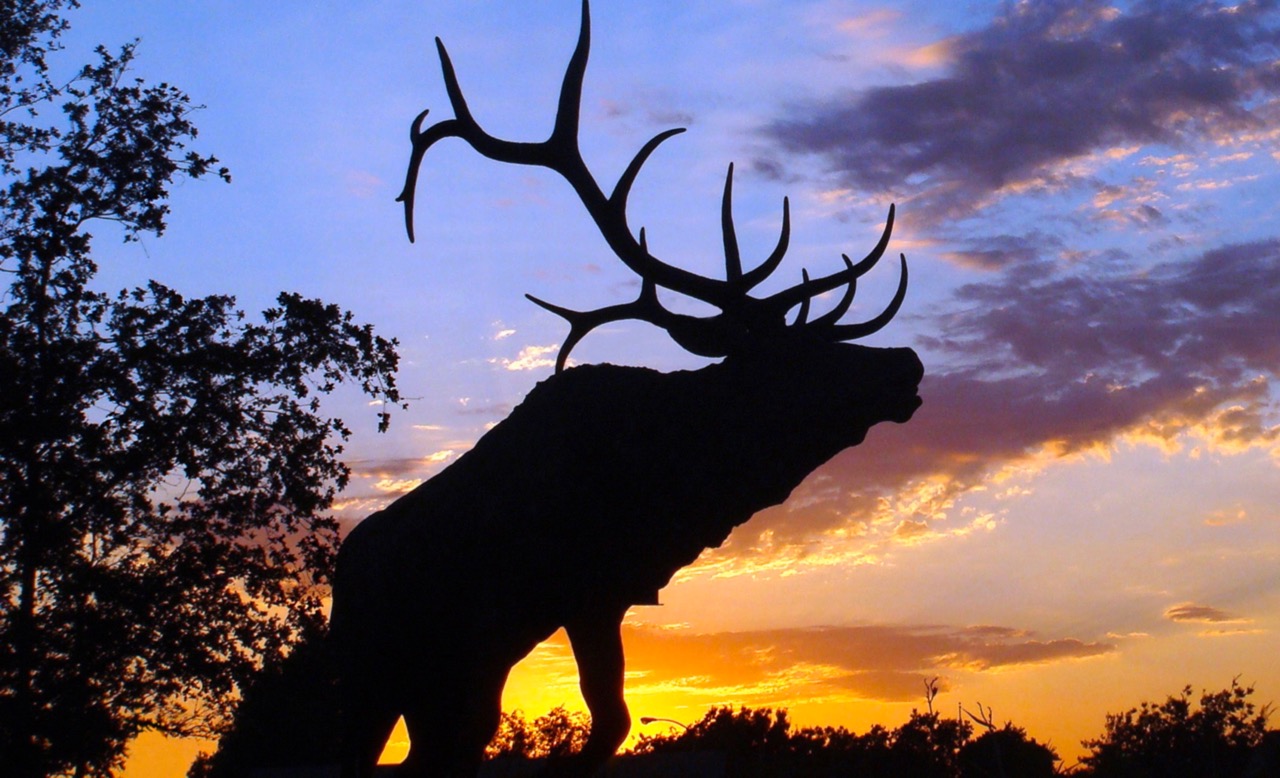HUNTING SECRETS
50 all-time top tactics for hunting big game, waterfowl and upland birds in Canada
Advertisement
Canada is blessed with a rich diversity of wildlife habitat and a correspondingly wide range of animals to hunt. From large ungulates and carnivores to upland birds and waterfowl, there’s no shortage of hunting options to enjoy. Over many years, I’ve pursued most of the game species our country has to offer, learning from local experts every step of the way. The following are some of the best tips I’ve collected to help me become a more successful hunter—and I hope they help you, too.
Advertisement
#1 When hunting big game, always pay particular attention to the wind. Place blinds downwind of where you expect to see your quarry, and execute stalks with the wind in your face. You might fool their ears once and their eyes twice, but never their noses.

#2 When you spot field-feeding ducks or geese in the evening, drop a pin on Google Maps identifying precisely where you saw them, along with the best approach to the field. That eliminates searching in the dark the following morning.
#3 Use thumbtacks covered with reflective tape to mark your path into and out of your blind or treestand location. Stick the tacks on trees at knee level along the route, and use a pocket flashlight to guide your way in the dark.
Advertisement
#4 A piece of electrical tape over the muzzle of your rifle barrel will prevent dirt, snow, twigs and other debris from getting in. Don’t worry, the tape won’t affect the accuracy or velocity of your bullet.

#5 Make that tom turkey want to find you. After he’s answered your calls and you know he’s on his way, don’t respond to him right away. Instead, let him gobble at least twice more before replying with a yelp call.
#6 From your stand or blind, range the distance in all directions before any animals appear. When game does emerge, you’ll already know if it’s within a comfortable shooting distance.
#7 Don’t go back to camp for lunch or a midday nap when hunting trophy white-tailed bucks. Mature bucks are often active between 10 a.m. and 2 p.m., moving between blocks of cover as they search for receptive does.
#8 Routinely switch up your calling sequences and patterns when calling coyotes, turkeys, ducks, geese, elk, moose or deer. Game will eventually pick up on repetitive patterns as being unnatural, and become much more reluctant to respond.

#9 Pheasants are sensitive to unnatural sounds, generally making them spook and run in response. Park as far away as practical from where you plan to hunt, and keep the sound of car doors, dogs, human voices and so on to a minimum.
#10 To eliminate a long line of tangled decoys in your storage bag, attach them to your main line after removing them from the bag using swordfish or halibut clips on three-foot-long lines. These clips are available from most commercial-fishing supply stores.


